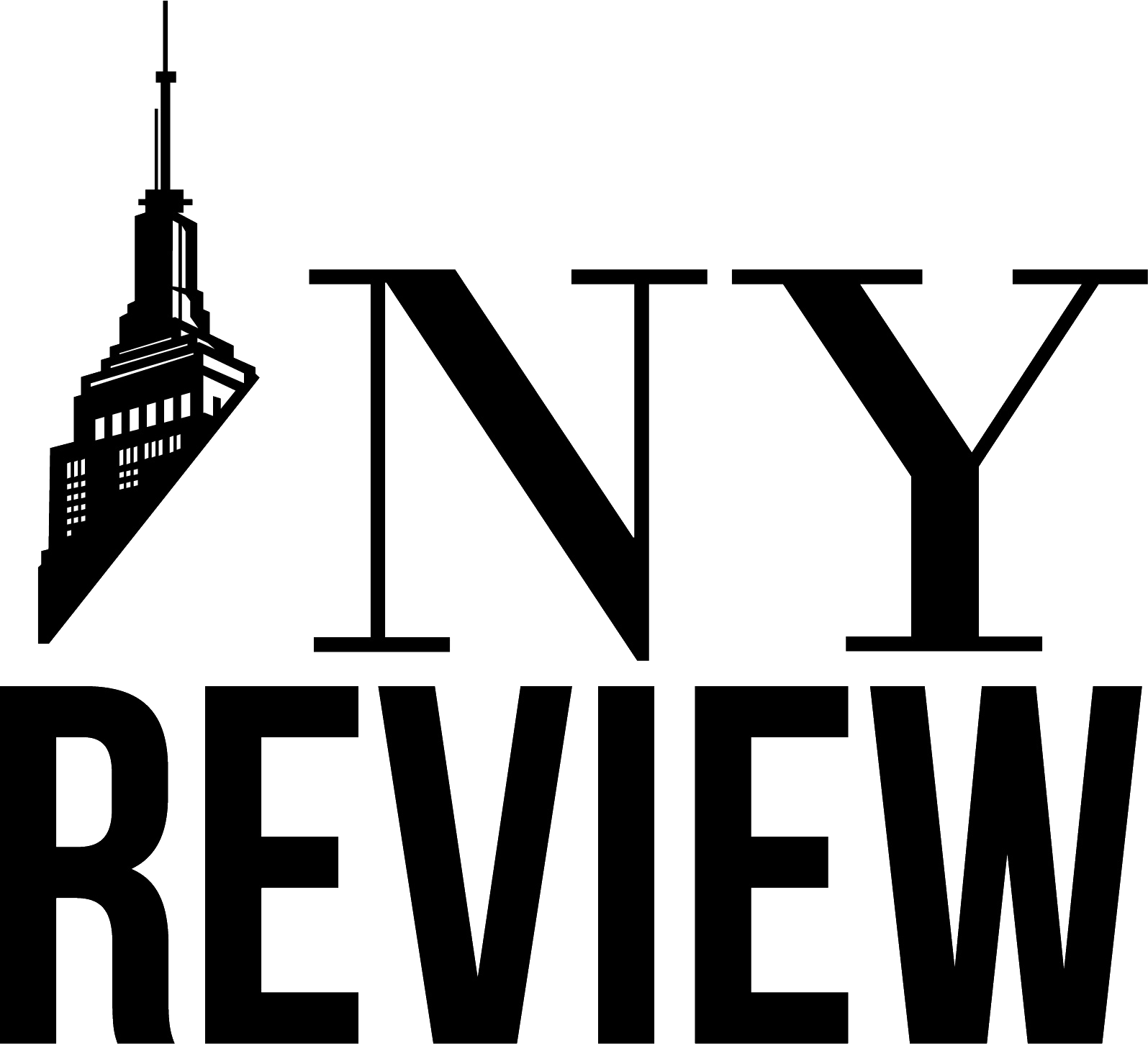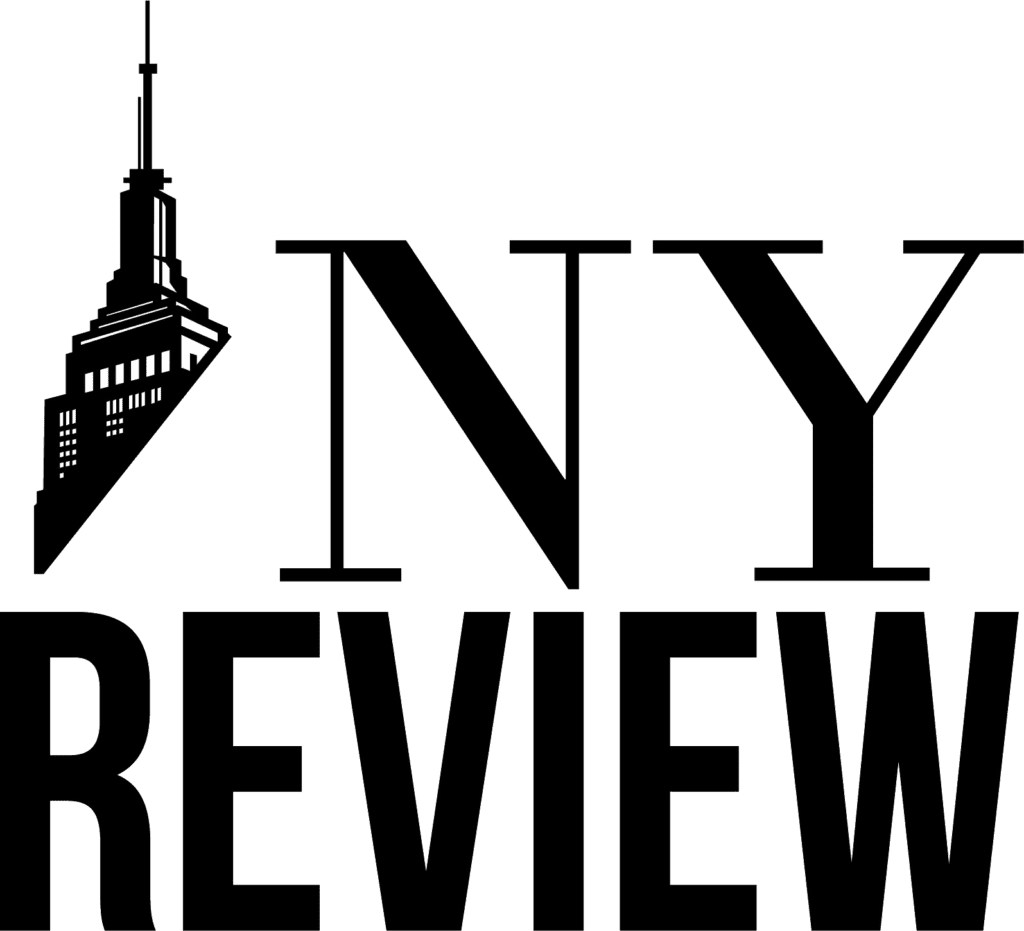As of September 29, 2025, the U.S. government entered a partial shutdown after Congress failed to reach a budget agreement. The shutdown occurred due to a deadlock between Democrats and Republicans over key funding issues, with the central point of contention being the Republicans’ refusal to extend expiring Affordable Care Act (ACA) subsidies. The Republicans proposed a temporary funding bill that would allow the government to continue operating for a short time, but Democrats rejected this plan. Senate Majority Leader John Thune and House Speaker Mike Johnson argued that the debate over the ACA subsidies should be deferred until December, but this proposal was blocked in the Senate. As a result, the House adjourned for Rosh Hashanah, and the shutdown began with no immediate resolution in sight.
The partial shutdown has resulted in significant disruptions to federal operations, but essential services will continue. Federal employees considered essential, such as postal carriers, air traffic controllers, and other key workers involved in national security and public safety, will remain on duty and continue to be paid during the shutdown. Similarly, benefits such as Social Security and Medicare will not be impacted, providing some relief to millions of Americans who depend on these programs.
Read Also: https://nyreview.com/intels-stock-price-jumps-following-u-s-government-investment/
However, the shutdown also brings uncertainty for non-essential federal employees and military personnel. While they are expected to receive their pay retroactively once the shutdown is over, there is a growing risk that permanent layoffs could occur. The Office of Management and Budget has asked federal agencies to prepare Reduction in Force (RIF) plans, a clear sign that the shutdown could extend longer than initially expected, leading to potential staff cuts across government departments.
The impasse between Republicans and Democrats over the funding bill reflects deepening political divides and ongoing tensions over government spending. The Affordable Care Act subsidies, which help low- and middle-income individuals afford healthcare coverage, have been a major point of disagreement. The Republicans’ refusal to extend these subsidies, paired with their push for a temporary funding measure, has left the government in a precarious position, unable to agree on a path forward.
The shutdown also raises concerns about the economic impacts, with potential delays in government contracts, services, and even federal assistance programs that support small businesses and individuals. The longer the shutdown lasts, the greater the potential for disruption to the economy, particularly in sectors heavily reliant on federal funding and support.
As the deadlock continues, there are calls from various sectors, including business and labor groups, for lawmakers to resolve the impasse and reopen the government. With critical issues like healthcare subsidies still unresolved, it remains unclear when or how a compromise will be reached. For now, the partial shutdown represents a significant challenge to the functioning of the federal government, highlighting the ongoing political gridlock in Washington.
In conclusion, the U.S. government’s entry into a partial shutdown on September 29, 2025, underscores the deep divisions within Congress over key funding issues. While essential services continue, the shutdown has created uncertainty for many federal workers and raises the possibility of longer-term disruptions if a budget agreement cannot be reached soon. As the shutdown drags on, the pressure will mount on lawmakers to find a resolution, with the health of the economy and the well-being of many Americans potentially at stake.


